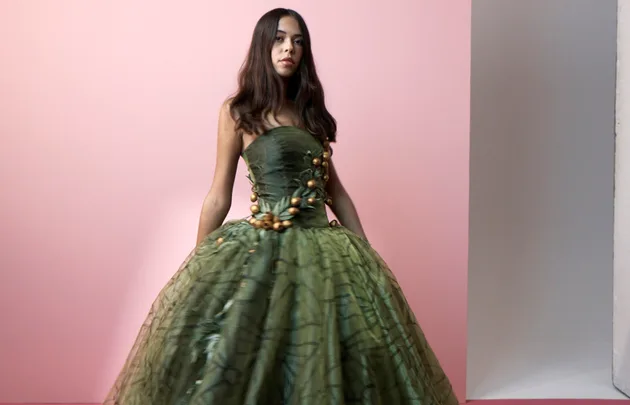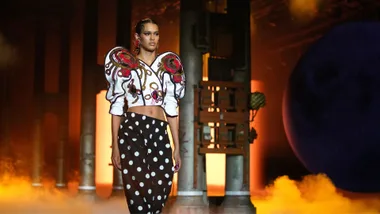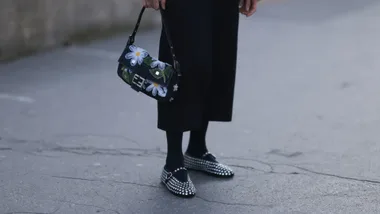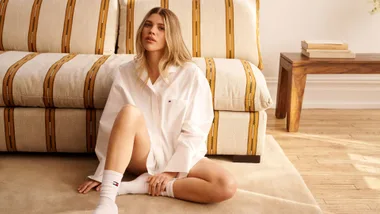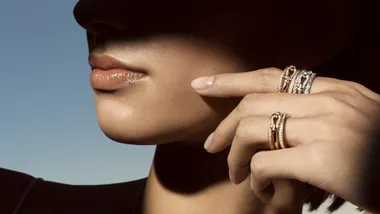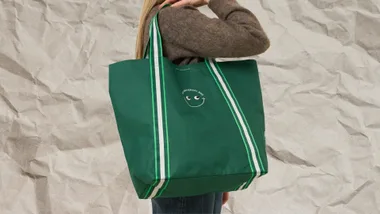It starts with disbelief: gaping mouths, wide eyes, shaking heads. Then it turns to unadulterated happiness: spreading smiles, elated laughs, stifled squeals. And finally, it erupts into overwhelming pride: blinking tears, praying hands, humble hearts. For First Nations designers, hearing that they’ve won a National Indigenous Fashion Award (NIFA) is powerful stuff.
The NIFAs, now in their second year, are about paying homage to the past and creating an exciting future.
This year, there were 31 nominees in six categories, showing the breadth of talent and creativity across the board. In August at the awards ceremony, held on Larrakia Country in Darwin, the emotion cascaded from the stage and enveloped the crowd.
There were tears as Lucia Pilakui walked on stage to accept the Special Recognition Award for Bima Wear’s exceptional contribution to the Indigenous fashion industry. The Tiwi Islands elder has worked at the textile enterprise since 1969.
“It started as a way for young people to learn how to sew and design fabric,” reflects Pilakui. “It was happy days when we started, telling stories and laughing.”
As noted by local fashion entrepreneur Karina Gray, “These strong women haven’t just paved the way, they had to make their own bricks to do it.”
And the next generation of artists are continuing their legacy. Paul McCann, who stole the show at this year’s Australian Fashion Week when Indigenous drag queen Felicia Foxx took to the runway wearing his Gumnut Gown, won the Cultural Adornment and Wearable Art NIFA. “My maternal grandmother, Elizabeth, is one of my biggest inspirations,” says McCann. “[My work] is a way for me to respect, honour and keep my grandmother’s legacy alive.”
With a rich history spanning more than 60,000 years, Aboriginal culture is the world’s oldest living culture. “People are really starting to take notice of the Indigenous fashion industry,” says McCann, who studied fashion at Charles Darwin University. “And the world is turning to the oldest civilisation… to see how we use shapes, designs and textiles to tell our stories.”
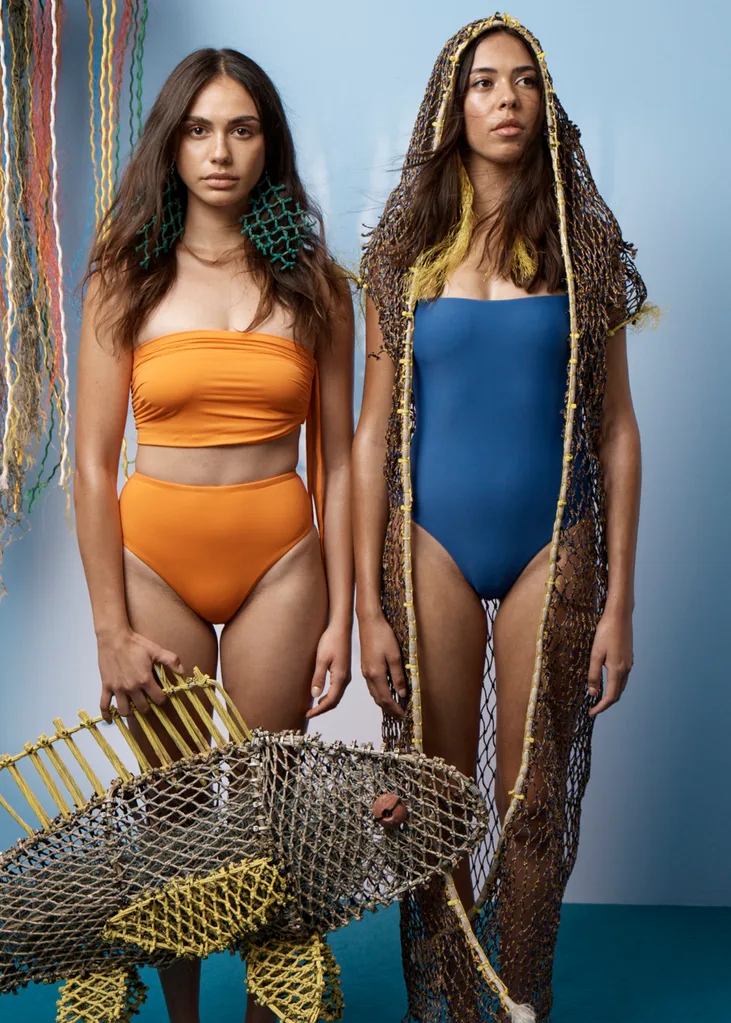
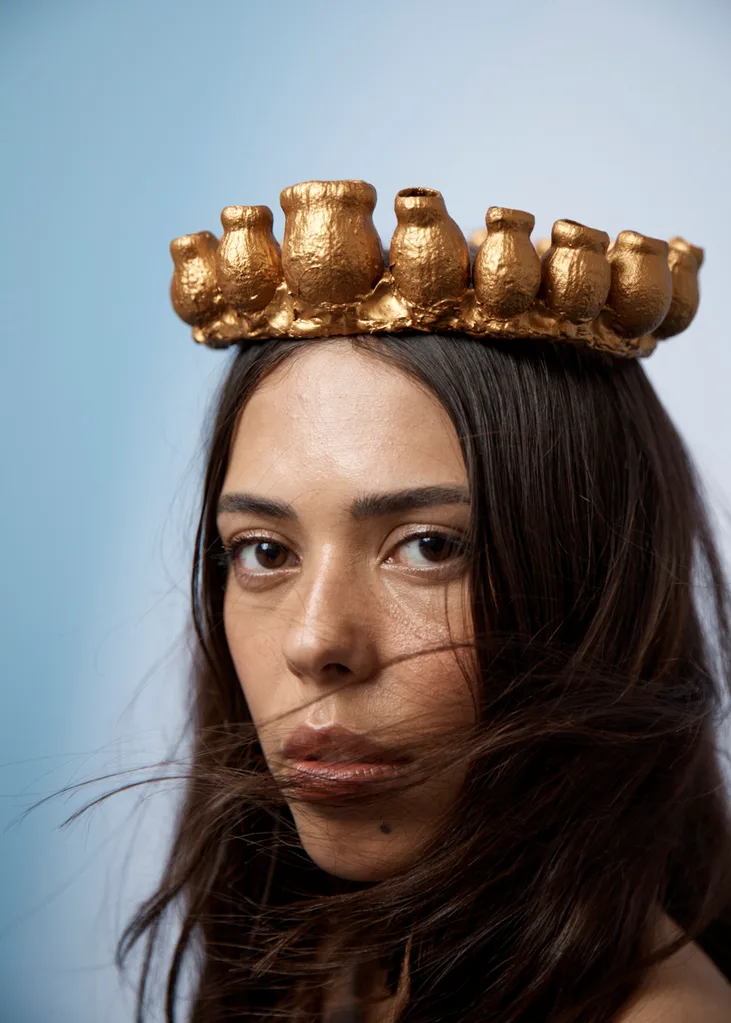
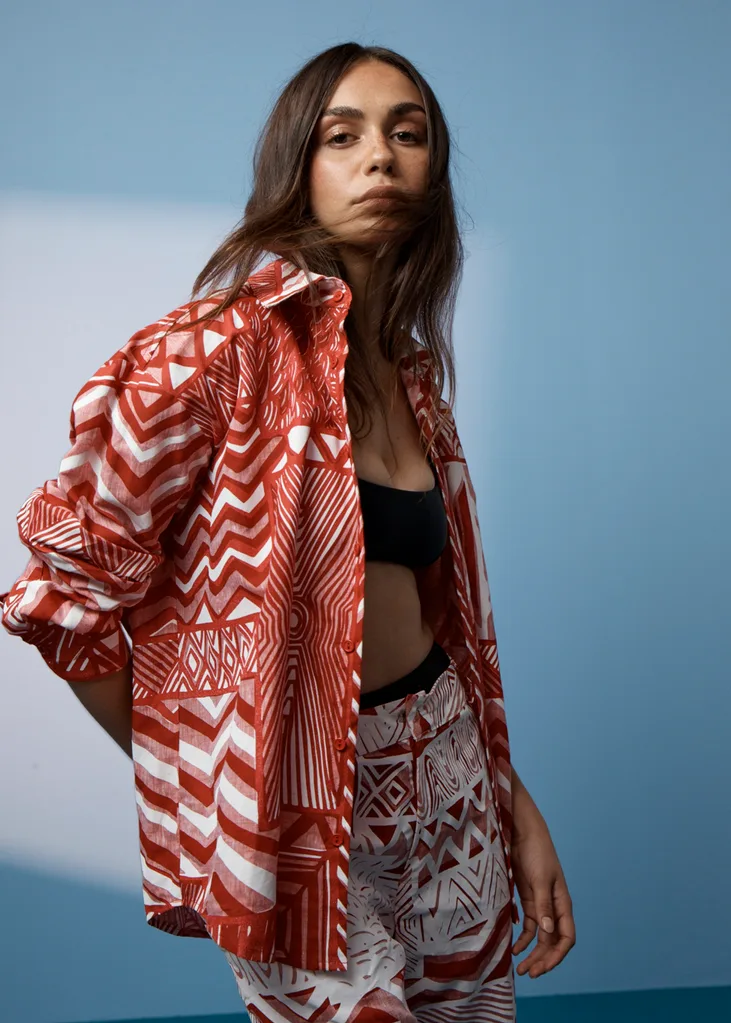
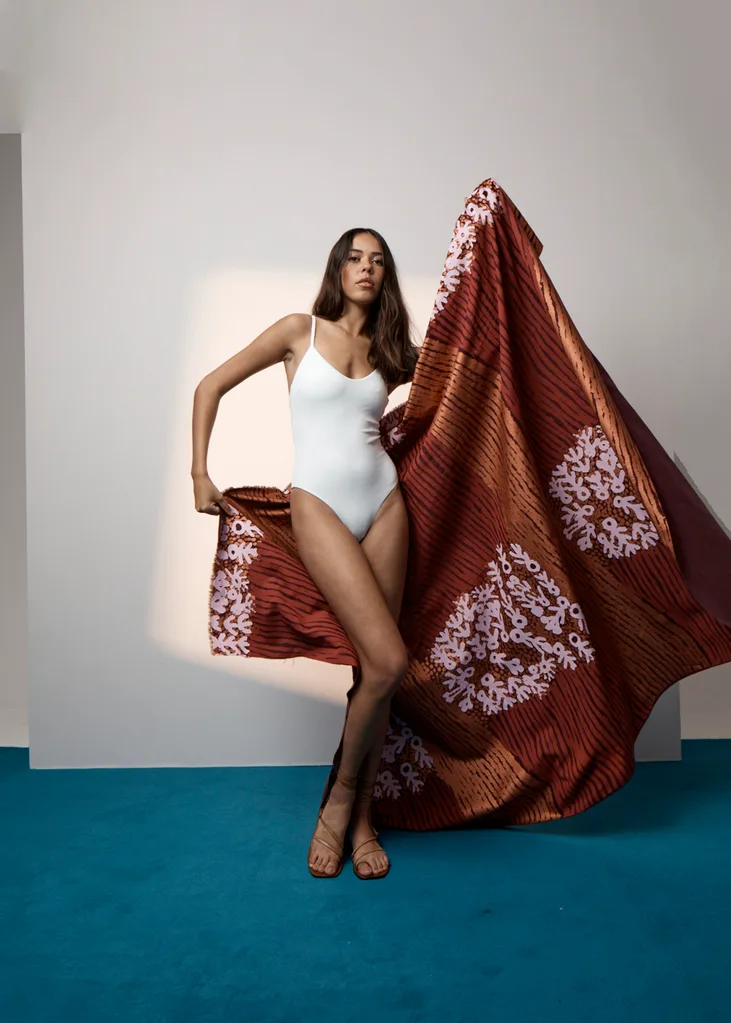
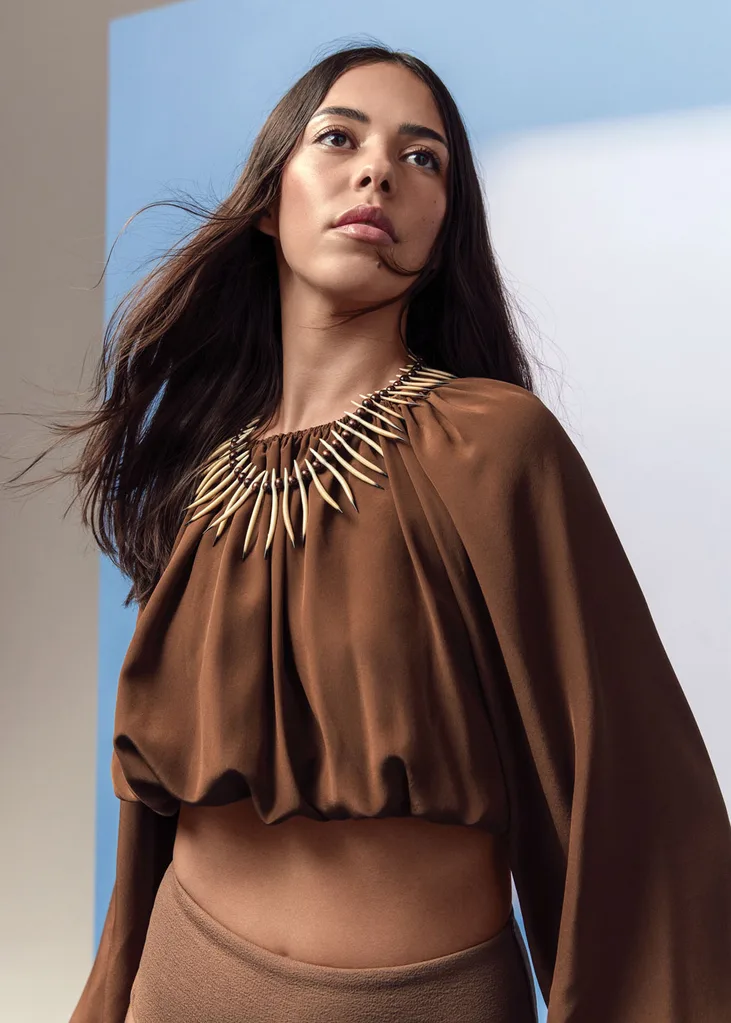
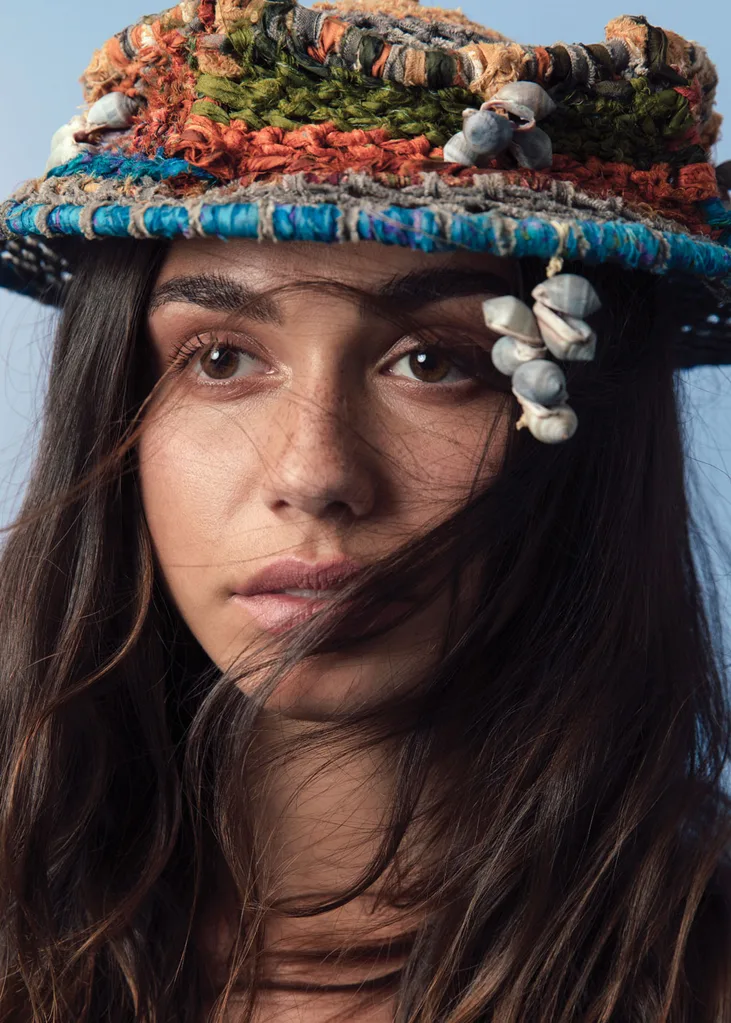

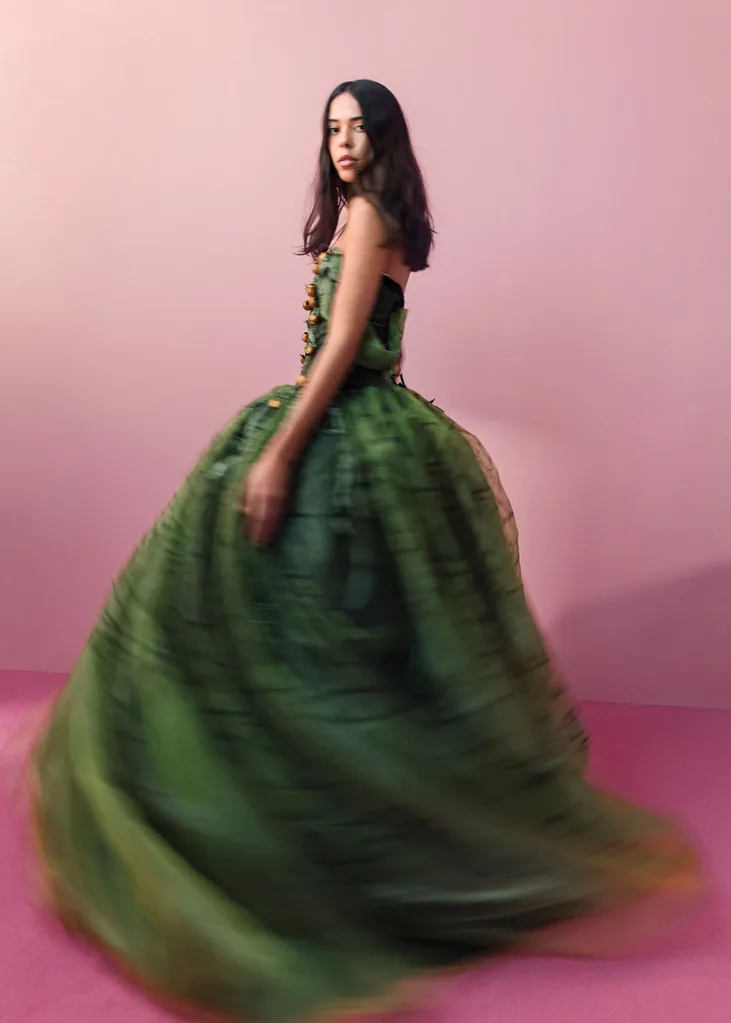

This story originally appeared in the October issue of marie claire Australia, out now.
